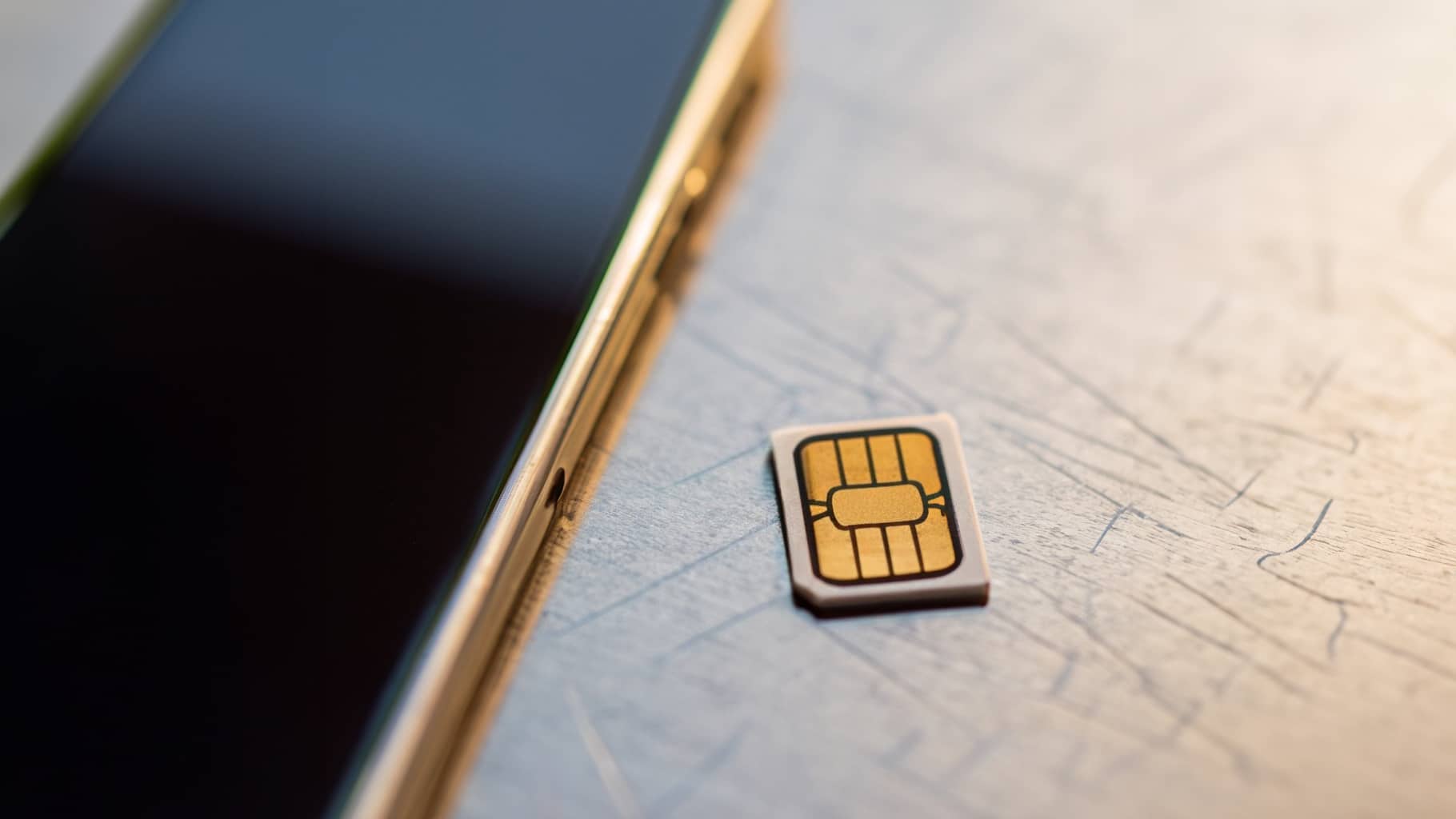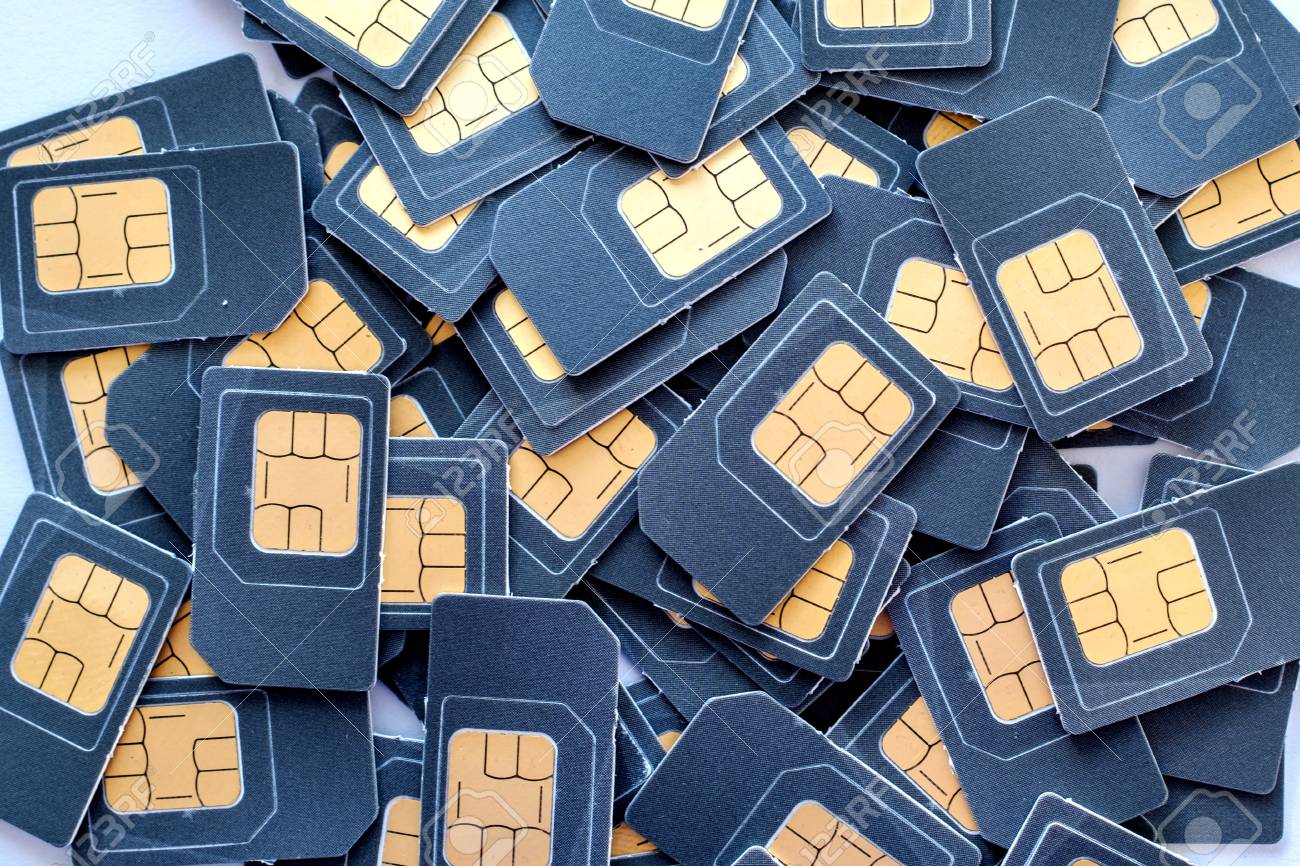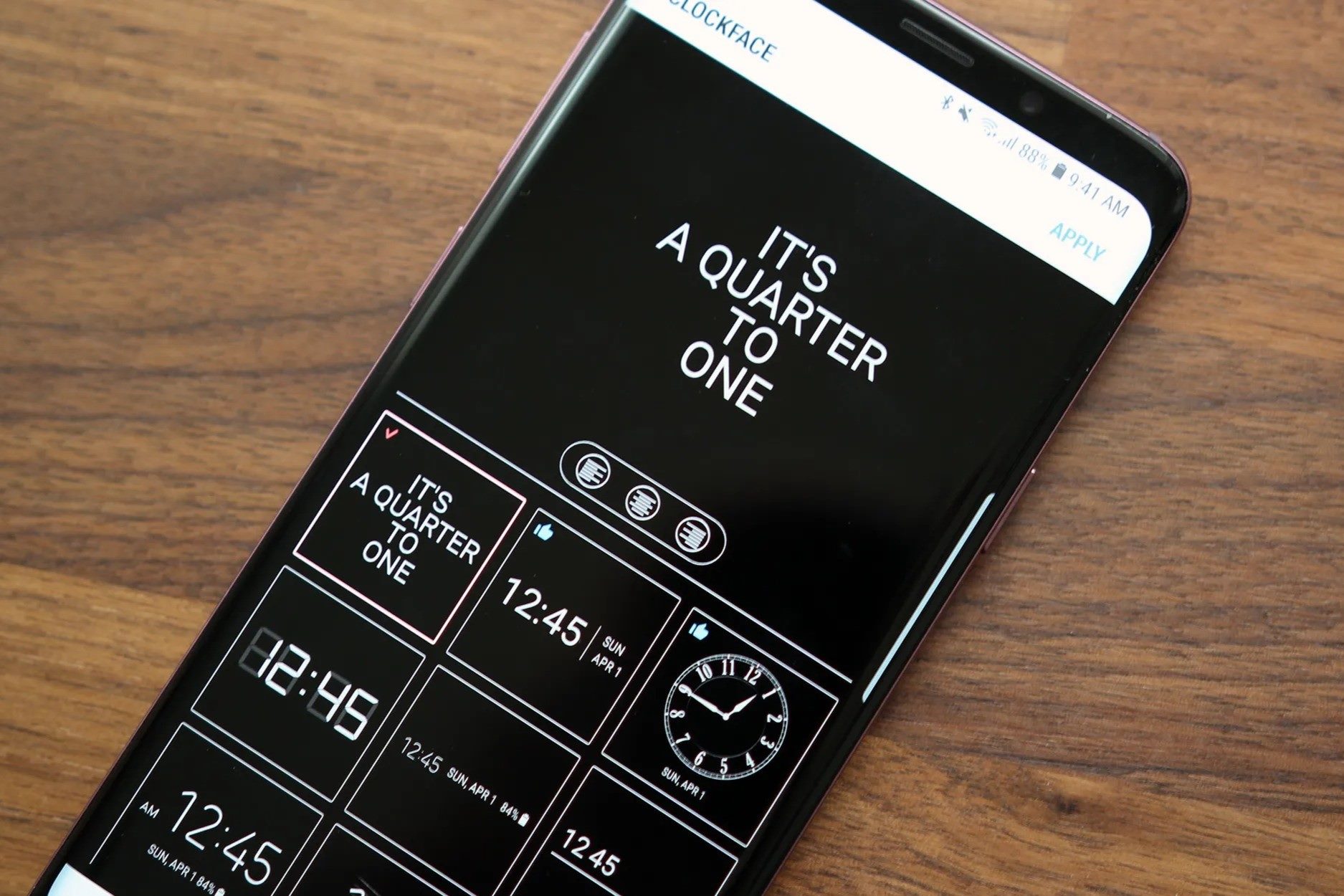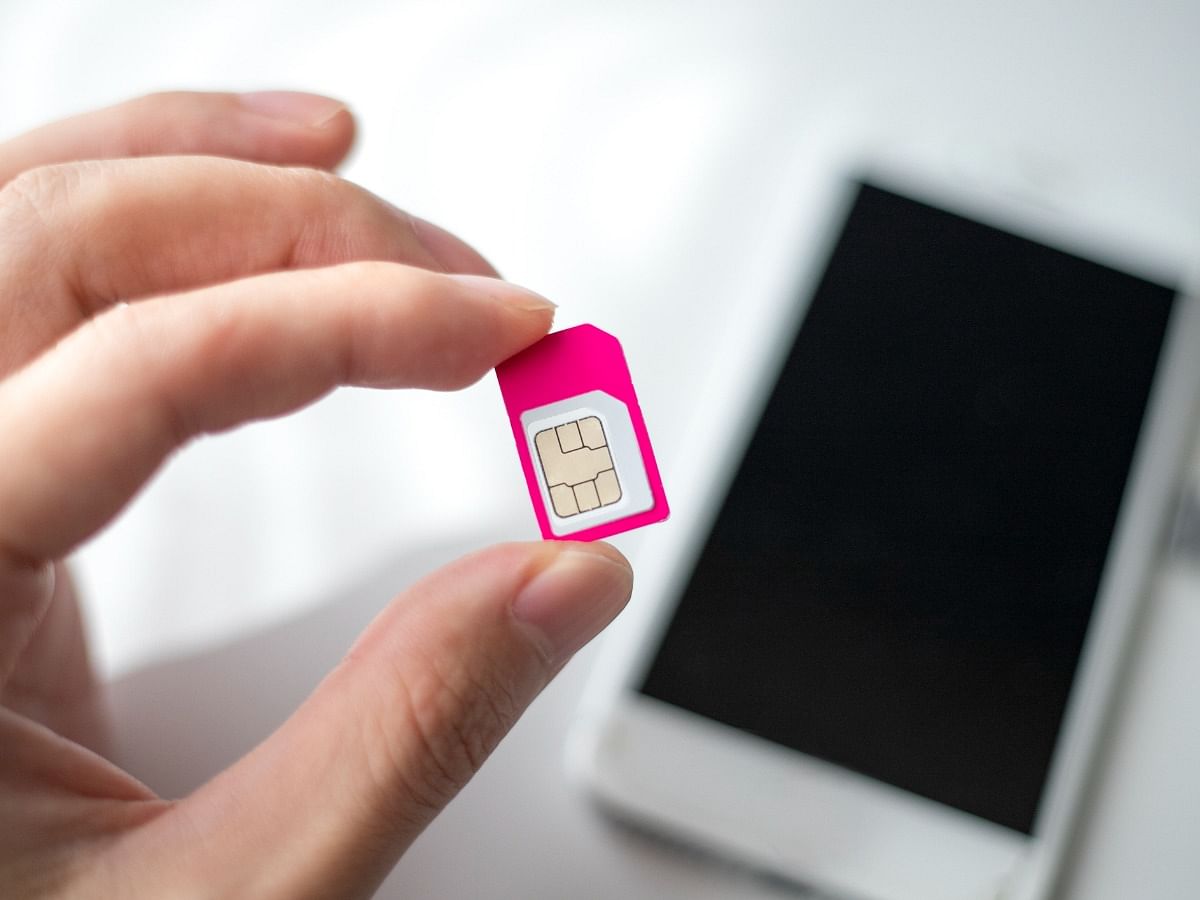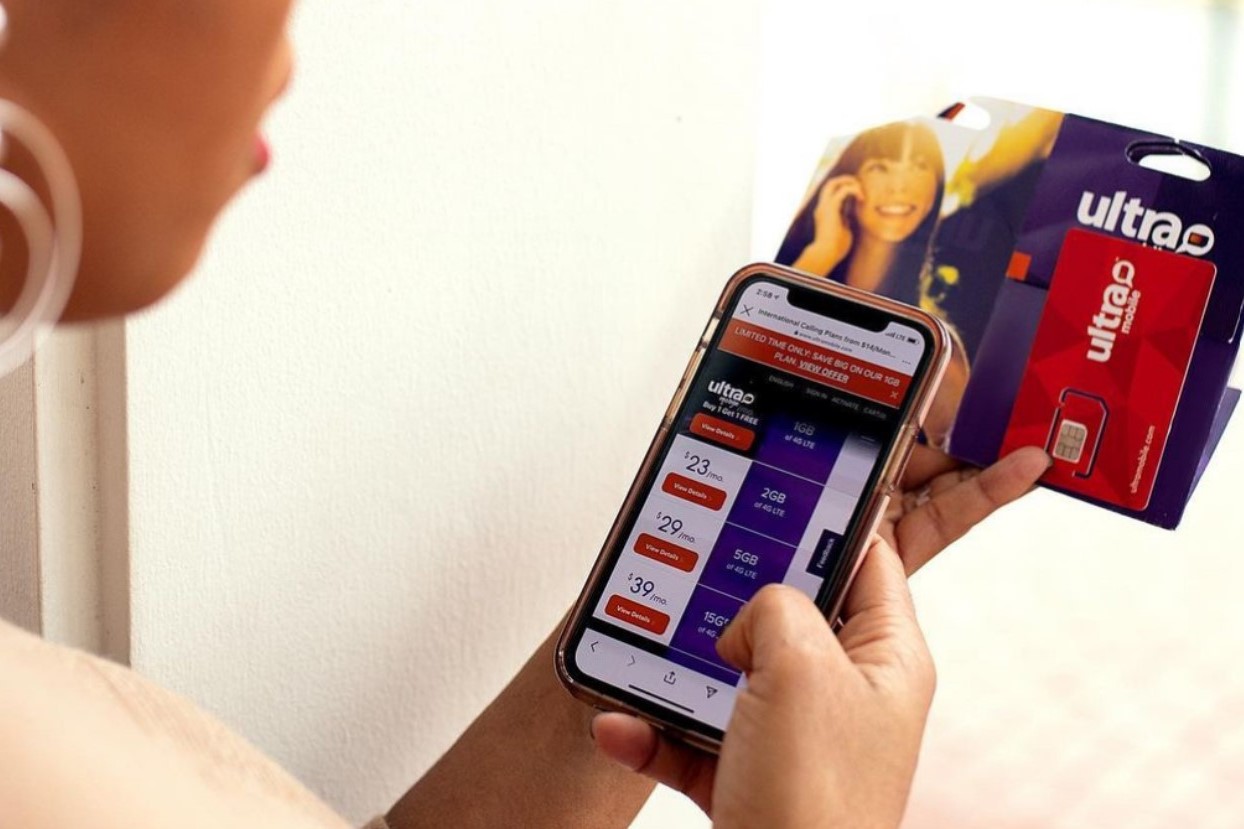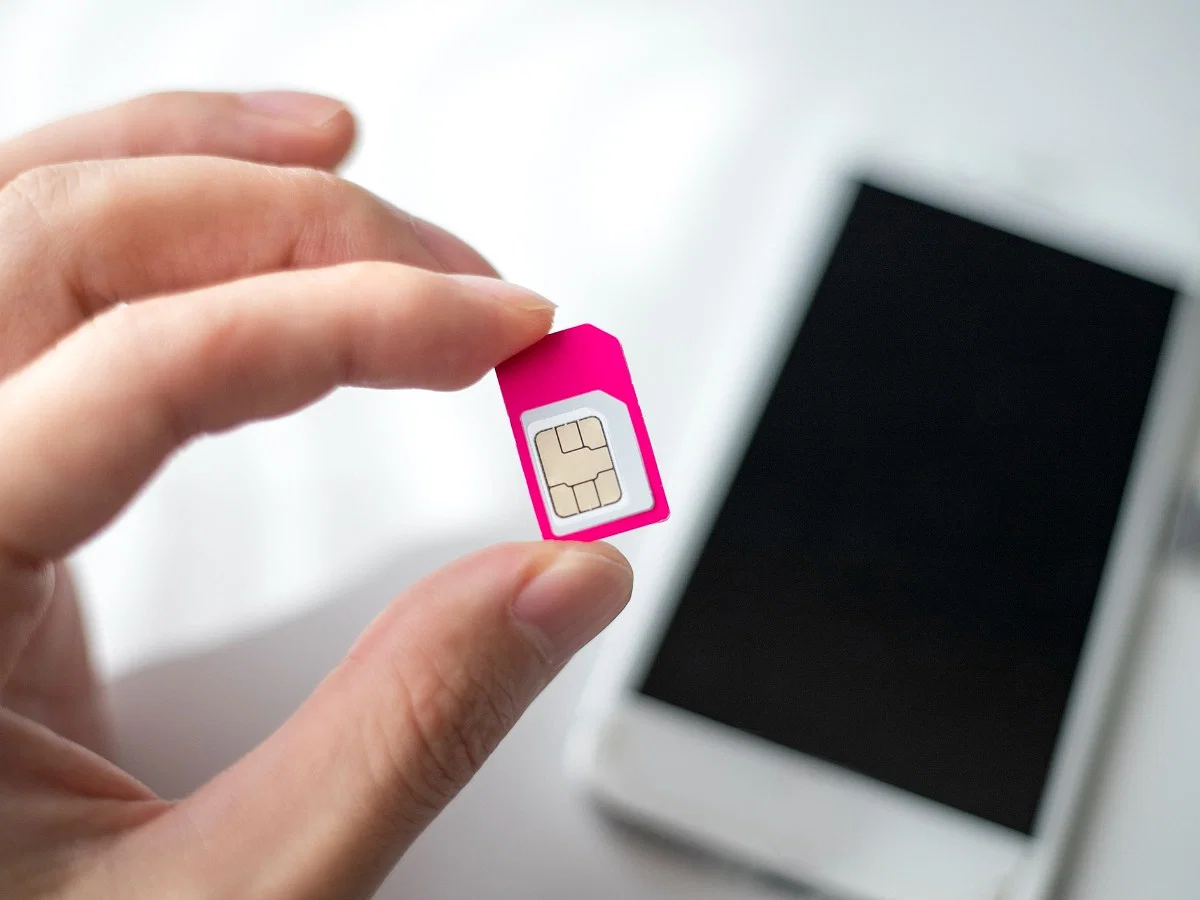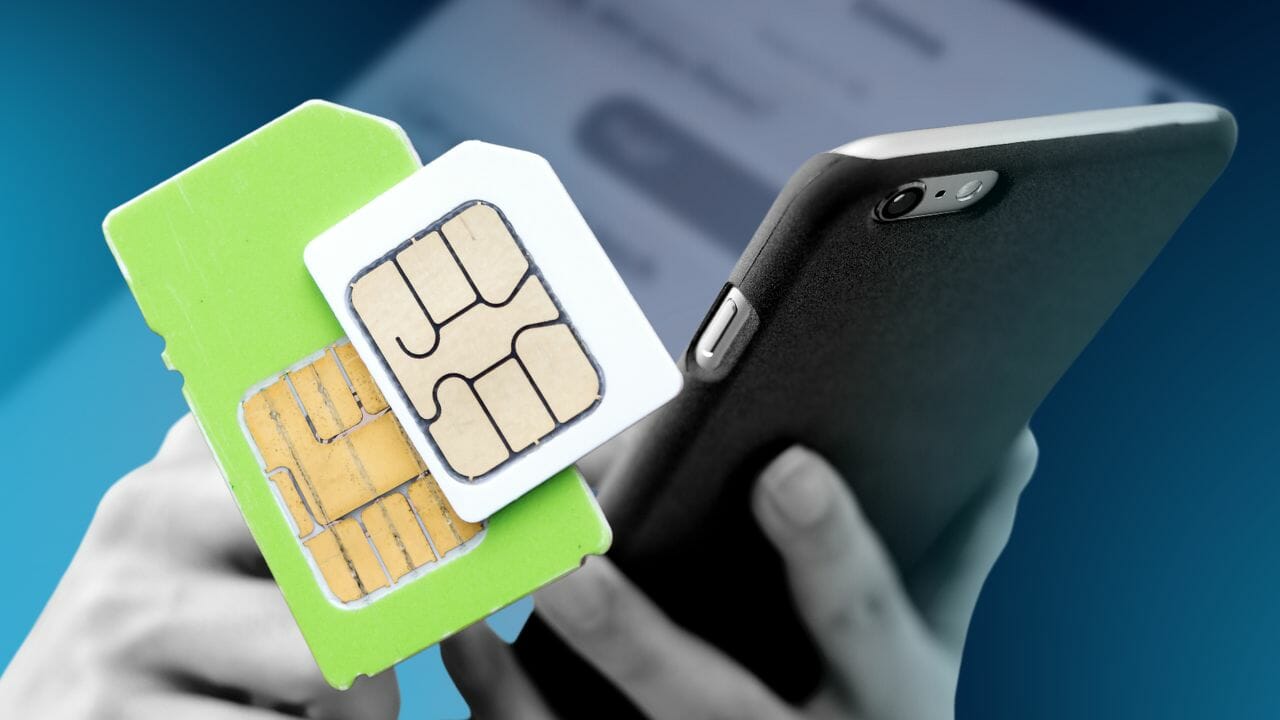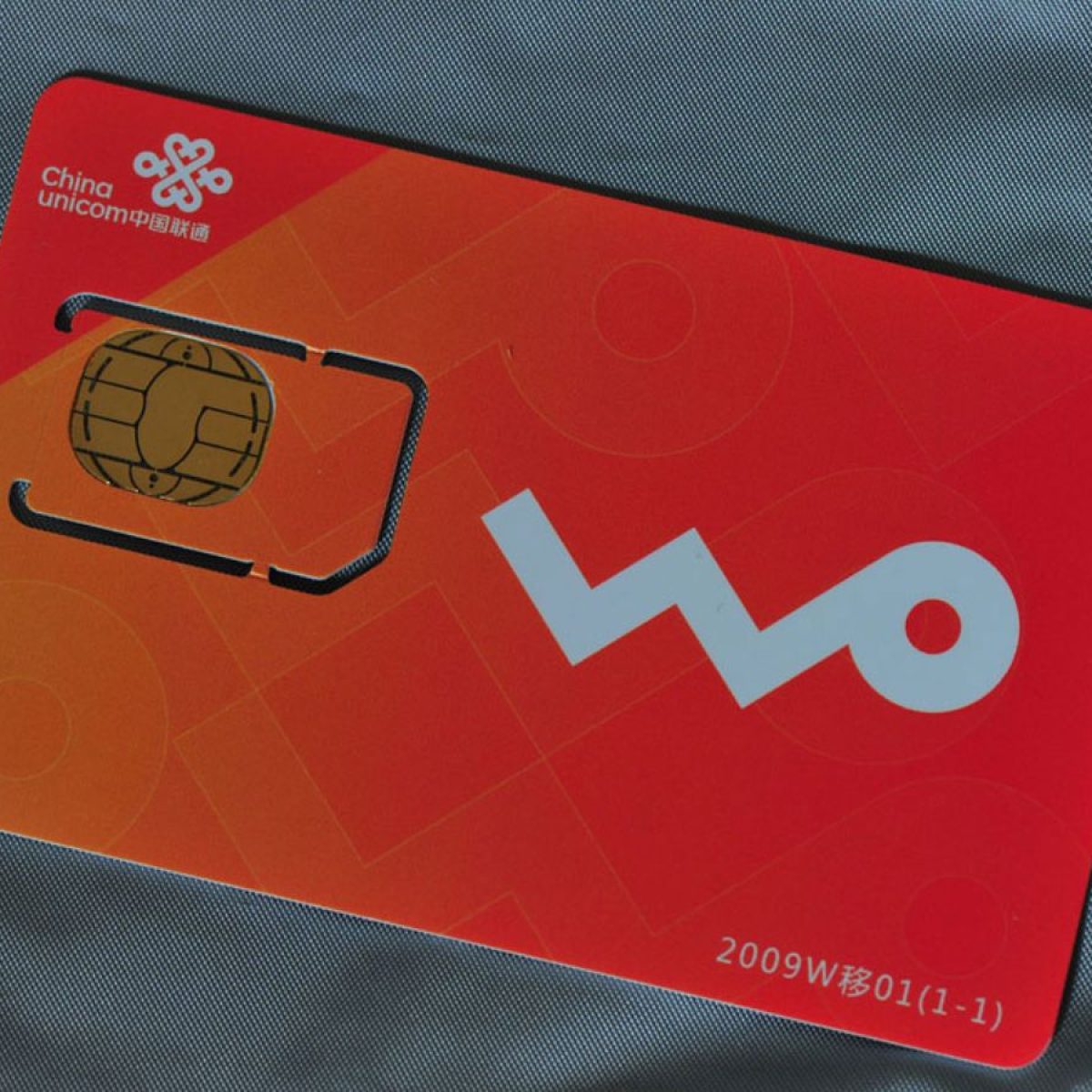Introduction
When you purchase a new mobile device or switch to a different carrier, one of the essential steps is activating your SIM card. This process enables your device to connect to the carrier's network, allowing you to make calls, send texts, and access mobile data. Understanding the SIM card activation timeframe is crucial, as it directly impacts how soon you can start using your new phone or device.
SIM card activation involves several behind-the-scenes procedures that link your device to the carrier's network infrastructure. While this process is typically seamless, the timeframe for activation can vary based on multiple factors, including the carrier's internal processes, network congestion, and potential technical issues.
In this article, we'll delve into the intricacies of SIM card activation, exploring the factors that influence the activation timeframe and providing insights into typical activation durations for various carriers. Additionally, we'll share valuable tips to expedite the activation process, ensuring that you can start using your new device without unnecessary delays.
Understanding the nuances of SIM card activation and the associated timeframes empowers consumers to make informed decisions when acquiring new mobile devices or switching carriers. By shedding light on this essential aspect of mobile connectivity, we aim to equip readers with the knowledge needed to navigate the activation process seamlessly and efficiently.
What is SIM Card Activation?
SIM card activation is the pivotal process that enables a mobile device to connect to a carrier's network and access its services. When you acquire a new phone or switch to a different carrier, the SIM card must be activated to establish a functional link between the device and the network infrastructure.
During the activation process, the carrier assigns a unique identification to the SIM card, linking it to the user's account and authorizing access to voice, text, and data services. This involves configuring the SIM card with specific network settings, such as the carrier's access point name (APN), and integrating it into the carrier's systems.
The activation process typically involves the following key steps:
-
Verification: The carrier verifies the user's identity and account details to ensure that the SIM card is being activated by an authorized individual.
-
Provisioning: The carrier provisions the SIM card with the necessary network settings and services, aligning it with the user's subscription plan.
-
Network Registration: Once provisioned, the SIM card registers with the carrier's network, establishing a secure and authenticated connection.
-
Validation: The carrier validates the activation, ensuring that the SIM card is correctly integrated into its systems and can access the full range of services.
The duration of the activation process can vary based on several factors, including the carrier's internal procedures, network congestion, and potential technical challenges. While some activations are completed within minutes, others may take several hours to become fully operational.
Understanding the intricacies of SIM card activation is crucial for users, as it underpins the functionality of their mobile devices. By comprehending the fundamental steps involved in this process, users can appreciate the significance of activation and gain insights into the potential timeframe for their new device to become fully operational.
Factors Affecting SIM Card Activation Timeframe
The timeframe for SIM card activation is influenced by a multitude of factors, each playing a pivotal role in determining the duration required for a new device to become fully operational. Understanding these factors is essential for users, as it provides valuable insights into the potential waiting period before they can start using their mobile devices seamlessly.
-
Carrier Procedures: Each carrier has its own internal processes for SIM card activation. These procedures encompass identity verification, service provisioning, and network registration, all of which contribute to the overall activation timeframe. While some carriers have streamlined and automated activation systems that expedite the process, others may rely on manual intervention, potentially leading to longer activation durations.
-
Network Congestion: During peak periods, such as when numerous users are activating new devices simultaneously, network congestion can impact the activation timeframe. High volumes of activation requests can strain the carrier's systems, leading to delays in provisioning and registering SIM cards. This factor is particularly relevant during promotional periods or when new devices are launched, as heightened demand can significantly affect activation timelines.
-
Technical Challenges: Occasionally, technical issues may arise during the activation process, prolonging the timeframe required to complete the procedure. These challenges could range from system errors within the carrier's infrastructure to compatibility issues between the device and the network. Resolving such technical hurdles is essential for ensuring a smooth and timely activation experience.
-
Account Verification: The process of verifying the user's identity and account details is integral to SIM card activation. Delays in account verification, whether due to incomplete information or discrepancies in the provided details, can impact the overall activation timeframe. Ensuring that the user's account information is accurate and up-to-date can help mitigate potential delays in this stage of the activation process.
-
Device Compatibility: The compatibility of the device with the carrier's network infrastructure can influence the activation timeframe. Certain devices may require specific configurations or updates to align with the carrier's systems, potentially extending the duration required for activation. Ensuring that the device is compatible with the chosen carrier can contribute to a smoother and more expedited activation process.
By comprehending the diverse factors that influence the SIM card activation timeframe, users can better manage their expectations and take proactive measures to expedite the process. From choosing carriers with streamlined activation procedures to ensuring accurate account information, understanding these factors empowers users to navigate the activation process efficiently and anticipate potential delays effectively.
Typical Activation Timeframe for Different Carriers
The duration required for SIM card activation can vary significantly across different carriers, reflecting variations in their internal processes, network infrastructure, and technical capabilities. Understanding the typical activation timeframes for various carriers is essential for users, as it provides valuable insights into the expected waiting period before their new devices become fully operational.
-
Verizon: Verizon Wireless, known for its robust network coverage and advanced infrastructure, typically offers swift SIM card activation. In many cases, activations with Verizon are completed within minutes, allowing users to start using their devices promptly after purchase or switching to the carrier.
-
AT&T: AT&T, another major player in the telecommunications industry, generally provides efficient SIM card activation processes. Users often experience activation times ranging from a few minutes to a couple of hours, depending on the specific circumstances and network conditions.
-
T-Mobile: T-Mobile is recognized for its focus on customer-centric services and innovative network technologies. SIM card activations with T-Mobile are typically expedited, with many users reporting activation times of around 15 to 30 minutes, ensuring minimal waiting periods before their devices are fully functional.
-
Sprint: Sprint, now merged with T-Mobile, historically offered relatively swift SIM card activations. With the integration of Sprint's network into T-Mobile's infrastructure, activations are expected to align with T-Mobile's efficient processes, resulting in expedited activation timeframes for users.
-
MVNOs (Mobile Virtual Network Operators): Mobile virtual network operators, which operate using the infrastructure of major carriers, may exhibit varying activation timeframes. While some MVNOs offer rapid activations comparable to their host carriers, others may have slightly extended timeframes due to additional layers of administrative processes.
-
Regional and Local Carriers: Regional and local carriers, while often providing personalized services, may have activation timeframes that differ from those of major national carriers. Depending on their network capabilities and operational procedures, activation times with these carriers can range from a few minutes to several hours.
Understanding the typical activation timeframes for different carriers enables users to make informed decisions when selecting a service provider. By considering these insights, users can anticipate potential waiting periods and choose carriers known for efficient activation processes, ensuring a seamless transition when activating new devices or switching to alternative carriers.
Tips for Faster SIM Card Activation
-
Verify Account Information: Ensure that the account details provided to the carrier are accurate and up to date. This includes personal information, contact details, and any required identification documents. Inaccurate or outdated information can lead to delays in the verification process, hindering the overall activation timeframe.
-
Choose Off-Peak Activation Times: Attempt to activate your SIM card during off-peak hours to minimize the impact of network congestion. By avoiding peak periods when many users are activating new devices, you can potentially expedite the activation process and experience shorter waiting times.
-
Opt for Online Activation: Many carriers offer online portals or mobile apps for SIM card activation. Opting for online activation can streamline the process, as it often involves automated procedures that minimize manual intervention. This can result in faster activations compared to in-store or over-the-phone methods.
-
Contact Customer Support Promptly: If you encounter any issues or delays during the activation process, promptly reaching out to the carrier's customer support can facilitate swift resolution. Customer support representatives can provide guidance, address technical issues, and expedite the necessary procedures to ensure timely activation.
-
Ensure Device Compatibility: Before initiating the activation process, confirm that your device is fully compatible with the carrier's network. Ensuring that the device supports the required network bands and technologies can prevent potential compatibility issues that may prolong the activation timeframe.
-
Follow Activation Instructions Carefully: When activating your SIM card, carefully follow the provided instructions from the carrier. This includes inserting the SIM card correctly, configuring network settings as required, and adhering to any specific activation steps outlined by the carrier. Following these instructions diligently can help expedite the activation process.
-
Consider Carrier Porting Policies: If you are switching to a new carrier while retaining your existing phone number, familiarize yourself with the carrier's porting policies. Understanding the specific requirements and procedures for number porting can help streamline the activation process and minimize potential delays.
By implementing these tips, users can navigate the SIM card activation process more efficiently, potentially reducing waiting times and ensuring a seamless transition to using their new devices. Proactive measures, such as verifying account information and choosing strategic activation times, can contribute to expediting the activation process, allowing users to enjoy their mobile services without unnecessary delays.
Conclusion
In conclusion, understanding the SIM card activation timeframe is pivotal for anyone acquiring a new mobile device or considering a switch to a different carrier. This essential process, which links the device to the carrier's network and enables access to voice, text, and data services, involves a series of intricate steps that collectively determine the duration required for full activation. By comprehending the factors influencing activation timeframes, users can manage their expectations effectively and take proactive steps to expedite the process.
The diverse factors affecting activation timeframes, including carrier procedures, network congestion, technical challenges, account verification, and device compatibility, underscore the multifaceted nature of the activation process. Users can leverage this knowledge to make informed decisions when selecting carriers and initiating the activation of new devices, ensuring a smoother and more efficient experience.
Furthermore, gaining insights into the typical activation timeframes for different carriers empowers users to anticipate potential waiting periods and choose service providers known for efficient activation processes. Whether opting for major national carriers, mobile virtual network operators (MVNOs), or regional and local carriers, understanding the expected activation timeframes enables users to align their expectations and make informed choices.
The provided tips for expediting SIM card activation offer actionable guidance for users seeking to minimize waiting times and ensure a seamless transition to using their new devices. By verifying account information, choosing strategic activation times, opting for online activation, and promptly seeking customer support when needed, users can navigate the activation process more efficiently, thereby reducing unnecessary delays.
Ultimately, the comprehensive understanding of SIM card activation timeframes equips users with the knowledge needed to approach the activation process proactively, anticipate potential challenges, and make informed decisions when acquiring new devices or switching carriers. By shedding light on this fundamental aspect of mobile connectivity, this article aims to empower users to navigate the activation process seamlessly and efficiently, ensuring that they can start using their new devices without unnecessary delays.









